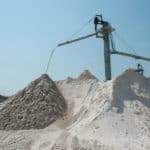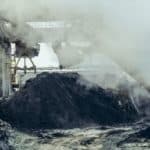Real-Time Root Causes Assessment
INSIGHT INTO REAL-TIME ROOT CAUSES ASSESSMENT SERVICES
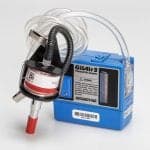 Full-shift exposure sampling (typically using pumps and filter media, see picture at left) is the choice method in establishing compliance with OSHA regulations. Such samples produce a single 8-hour time-weighted average (TWA, see example results below) that is directly comparable to OSHA PELs and Action Levels, which are often full-shift limits.
Full-shift exposure sampling (typically using pumps and filter media, see picture at left) is the choice method in establishing compliance with OSHA regulations. Such samples produce a single 8-hour time-weighted average (TWA, see example results below) that is directly comparable to OSHA PELs and Action Levels, which are often full-shift limits.

Instead of one number, real-time monitoring methods can create thousands of measurements, all potentially linked to worker/facility activities through observations, activity logs, production data, and even video/audio recordings.
The collected data can be statistically evaluated in a number of ways to determine correlations that can be targeted for controls. Below are several examples of the root causes that are commonly observed in industrial environments.
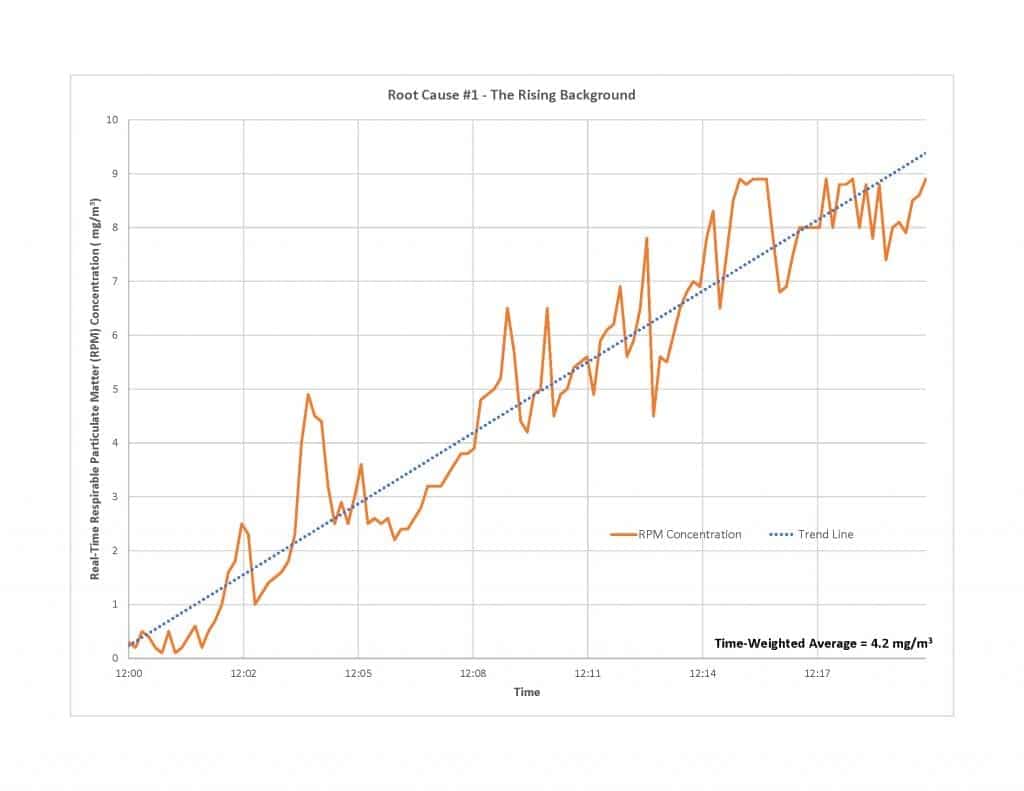
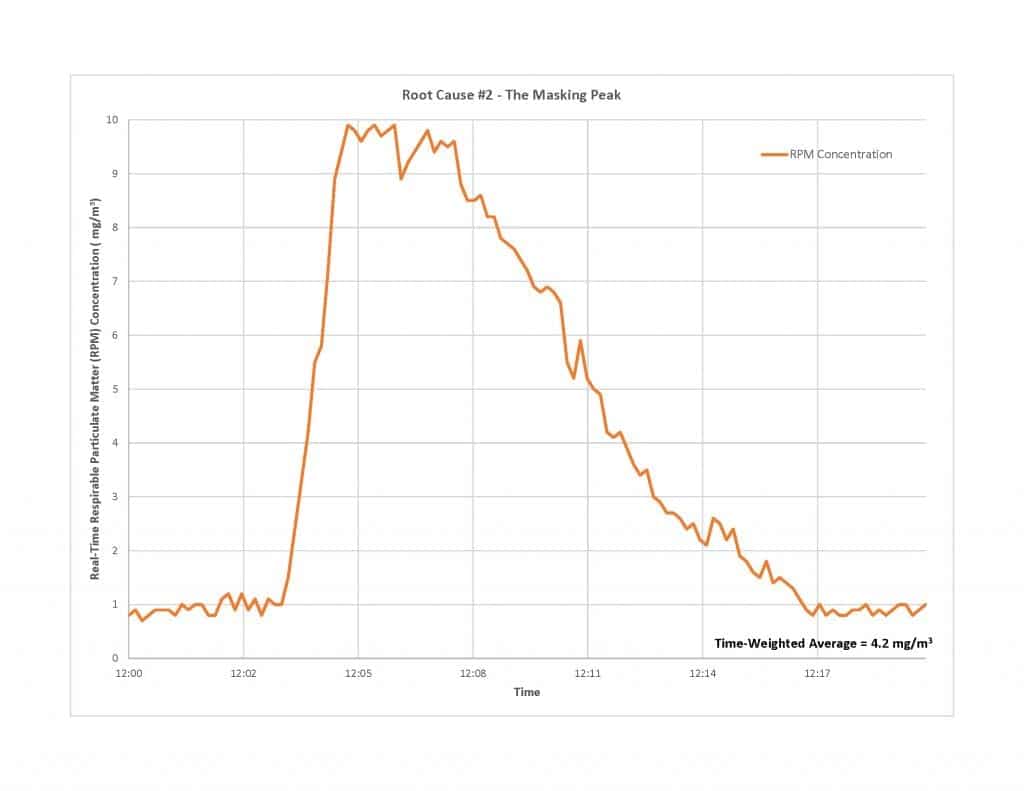
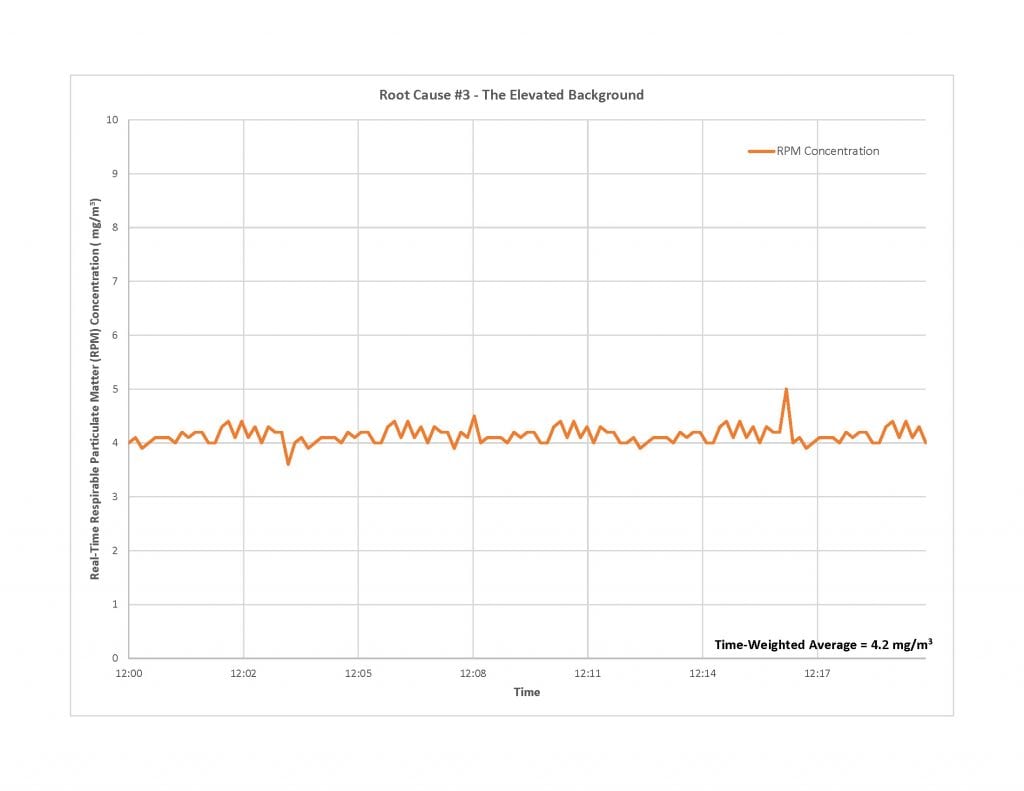
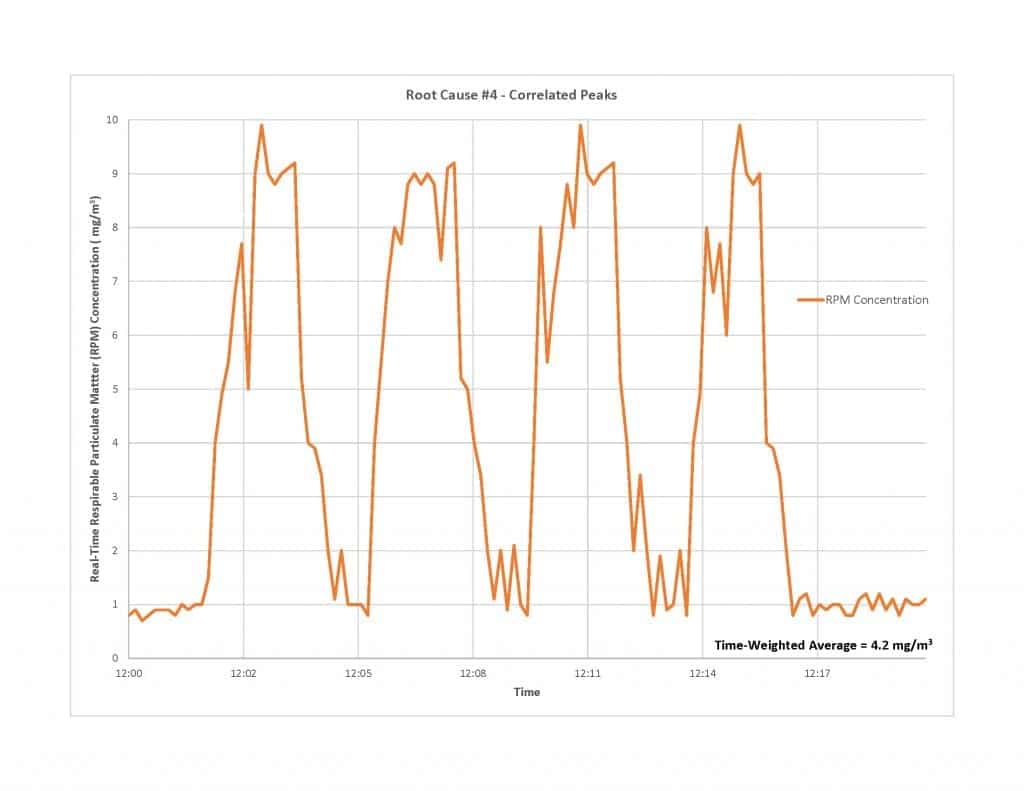
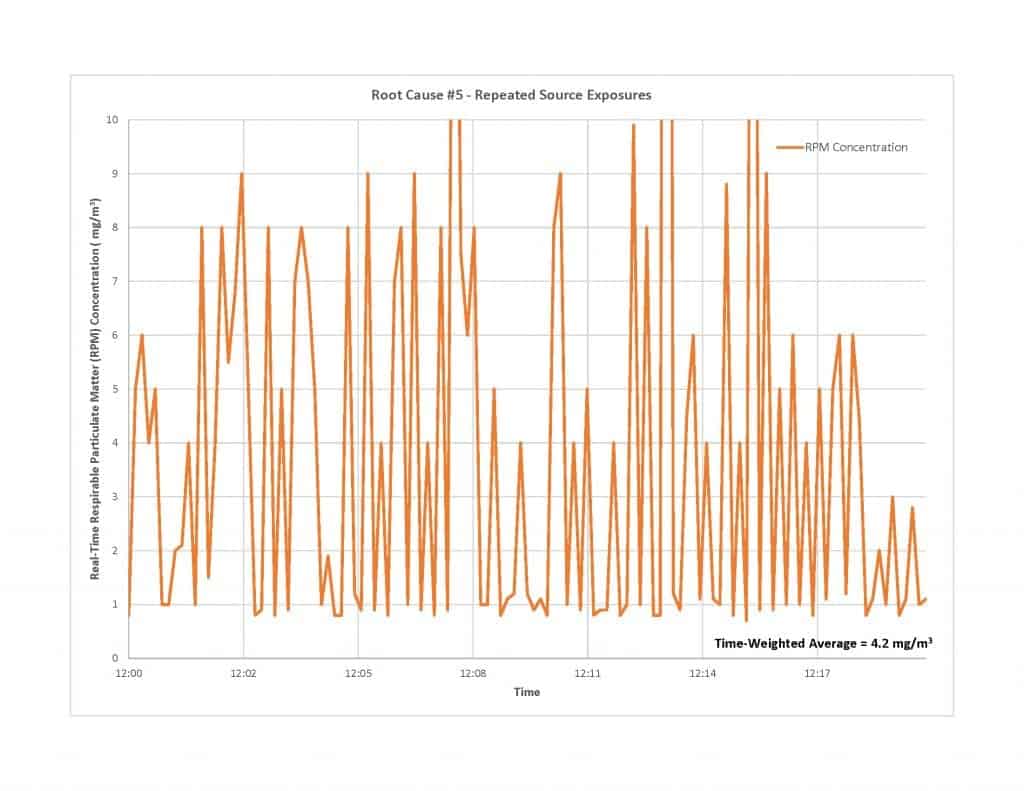
Publications
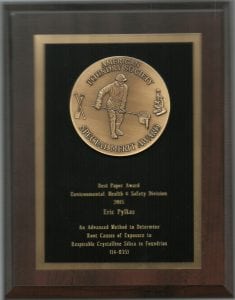 An Advanced Method to Determine Root Causes of Exposure to Respirable Crystalline Silica in Foundries, E. Pylkas, B. Scholz, American Foundry Society 118th Metalcasting Congress
An Advanced Method to Determine Root Causes of Exposure to Respirable Crystalline Silica in Foundries, E. Pylkas, B. Scholz, American Foundry Society 118th Metalcasting Congress
 Rooting Out Respirable Crystalline Silica. An Advanced Method Helps Metalcasters Determine the Causes of Exposure, E. Pylkas, B. Scholz, Modern Casting December 2014
Rooting Out Respirable Crystalline Silica. An Advanced Method Helps Metalcasters Determine the Causes of Exposure, E. Pylkas, B. Scholz, Modern Casting December 2014 Real-Time Monitoring for Silica Exposure Analysis, E. Pylkas, B. Scholz, Modern Casting January 2018
Real-Time Monitoring for Silica Exposure Analysis, E. Pylkas, B. Scholz, Modern Casting January 2018

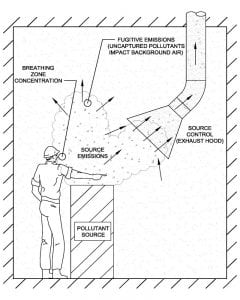 An excellent example of the value in real-time monitoring is the differentiating source concentrations from fugitive concentrations. TWA sampling is weak in determining how much the background air impacts employee concentrations.
An excellent example of the value in real-time monitoring is the differentiating source concentrations from fugitive concentrations. TWA sampling is weak in determining how much the background air impacts employee concentrations.


